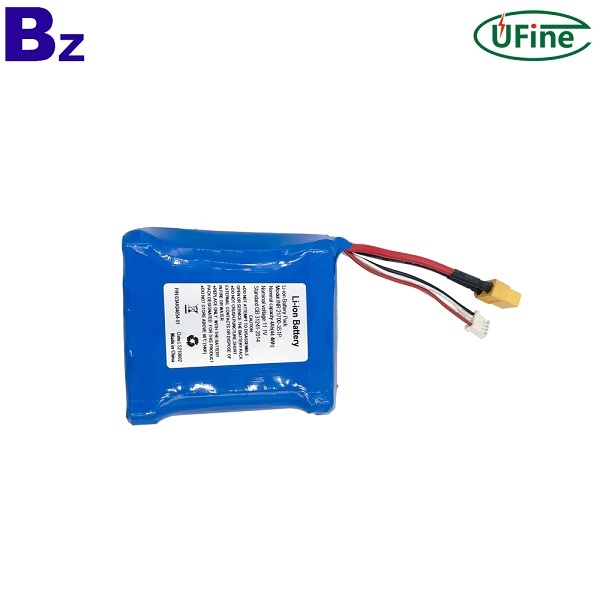Cylindrical lithium batteries are divided into different systems such as lithium iron phosphate, lithium cobalt oxide, lithium manganate, cobalt-manganese hybrid, and ternary materials. The outer shell is divided into two types: steel shell and polymer. Different material systems have different advantages.
1. What is a cylindrical lithium battery?
Cylindrical lithium batteries are divided into different systems such as lithium iron phosphate, lithium cobalt oxide, lithium manganate, cobalt-manganese hybrid, and ternary materials. The outer shell is divided into two types: steel shell and polymer. Different material systems have different advantages. At present, steel cylinders are mainly steel-shell cylindrical lithium iron phosphate batteries, which have the characteristics of high capacity, high output voltage, good charge-discharge cycle performance, stable output voltage, large discharge current, stable electrochemical performance, safe use, and wide operating range. temperature range. Environmental protection, widely used in solar lights, lawn lights, back-up energy, power tools, toy models.
2. Cylindrical battery structure
The structure of a typical cylindrical battery includes: a case, a cap, a positive electrode, a negative electrode, a separator, an electrolyte, a PTC element, a gasket, a safety valve, and so on. Generally, the battery case is the negative electrode of the battery, and the cap is the negative electrode of the battery. The positive electrode of the battery, and the battery case is made of nickel-plated steel plate.
3. the advantages of cylindrical lithium batteries
Compared with soft-packed lithium batteries and square lithium batteries, cylindrical lithium batteries have the longest development time, with a higher degree of standardization, a more mature process, a high yield and a low cost.
1. Mature production technology, low PACK cost, high battery product yield, and good heat dissipation performance
2. Cylindrical batteries have formed a series of internationally unified standard specifications and models with mature technology and suitable for continuous mass production.
3. The cylinder has a large specific surface area and a good heat dissipation effect.
4. Cylindrical batteries are generally sealed batteries, and there are no maintenance problems during use.
5. The battery shell has a high pressure resistance, and there will be no phenomena such as square, flexible packaging battery expansion during use.




